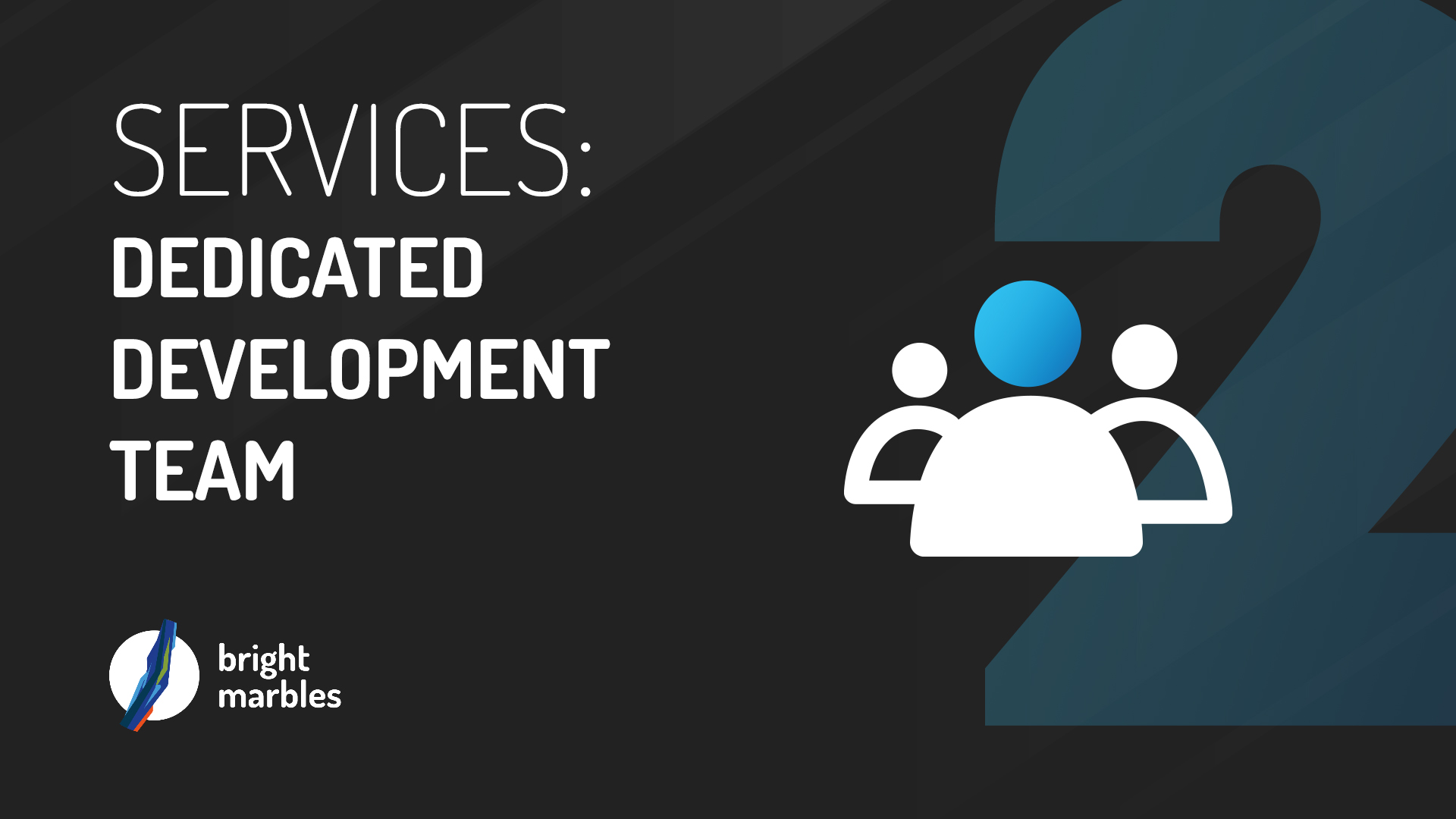Starting with AWS Lambda: FAQ
AWS Lambda is a serverless computing platform that Amazon Web Services (AWS) provides. It allows developers to run code without managing infrastructure, making it an attractive option for a wide range of use cases, from simple back-end services to complex, event-driven applications. In this article, we will cover several key aspects of AWS Lambda that are essential to start you working with Lambda.
Setting up and Deploying a Function in AWS Lambda
Setting up and deploying a function in AWS Lambda is a breeze. To start, you’ll need to create an AWS account if you don’t already have one. Navigate to the AWS Management Console’s Lambda service and create a new function. Write your code directly in the AWS Management Console or upload a .zip file containing the code.
Setting up and deploying a function in AWS Lambda using Node.js
exports.handler = async (event) => {
console.log('Received event:', JSON.stringify(event));
const response = {
statusCode: 200,
body: JSON.stringify('Hello from Lambda!'),
};
return response;
};
AWS Lambda supports many widely used programming languages, including Node.js, Java, Python, and C#, so that you can write code in the language of your choice. You’ll also need to specify the amount of memory you want to allocate to your function and the maximum time it’s allowed to run.
Once you have written the code and specified the settings, you can test your function using the AWS Management Console. If everything works correctly, you can deploy said function to production. You can also set up an Amazon Simple Queue Service (SQS) queue or an Amazon EventBridge event to trigger the function, allowing you to run it in response to specific events.
Triggering an AWS Lambda function with an Amazon EventBridge event
exports.handler = async (event) => {
console.log('Received event:', JSON.stringify(event));
const response = {
statusCode: 200,
body: JSON.stringify('Hello from Lambda triggered by EventBridge!'),
};
return response;
};
Troubleshooting Issues with AWS Lambda Functions
Despite its many benefits, AWS Lambda is not immune to issues. If you encounter problems with your function, the first step is to check the function’s logs in the AWS Management Console. These logs contain information about any errors that have occurred and details about the code execution.
If you’re still unable to resolve the issue, you can also use AWS CloudWatch to monitor the performance of your function. CloudWatch provides detailed metrics about the function, including the number of invocations, the average duration of each invocation, and the amount of memory used. You can also set up alarms in CloudWatch to notify you if specific thresholds are breached, such as if the function starts to take too long to execute or if it begins to consume too much memory.
Troubleshooting an issue with an AWS Lambda function by viewing CloudWatch logs
console.log('Loading function');
exports.handler = async (event, context) => {
console.log('Received event:', JSON.stringify(event, null, 2));
console.log('Received context:', JSON.stringify(context, null, 2));
console.log('Hello, world!');
return 'Hello, world!';
};
Securing Your AWS Lambda Function
Securing AWS Lambda functions is essential, especially if you’re processing sensitive data or interacting with other AWS services. By default, AWS Lambda functions are only accessible from within the AWS network, but you can also set up network security groups (NSGs) to control access to your function.
Additionally, AWS Lambda integrates with AWS Identity and Access Management (IAM) to provide fine-grained access control over functions. You can use IAM policies to control who can access a function and what actions they can perform, such as reading or writing to an S3 bucket.
Securing an AWS Lambda function using IAM policies
{
"Version": "2012-10-17",
"Statement": [
{
"Effect": "Allow",
"Action": "lambda:InvokeFunction",
"Resource": "arn:aws:lambda:us-east-1:123456789012:function:my-function"
},
{
"Effect": "Allow",
"Action": "s3:GetObject",
"Resource": "arn:aws:s3:::my-bucket/*"
}
]
}
Finally, AWS Lambda also supports encryption at rest and in transit. You can encrypt the data stored in your function’s file system using Amazon S3 server-side encryption or by using an encrypted Amazon Elastic Block Store (EBS) volume. You can also use Secure Sockets Layer (SSL) and Transport Layer Security (TLS) to encrypt data in transit.
Conclusion
AWS Lambda is a powerful and flexible platform for running code without having to manage infrastructure, allowing you to accommodate growth in your application quickly.
Understanding the process of setting up and deploying a function, troubleshooting issues, and securing the functions is essential to successfully using AWS Lambda. Its ease of use, cost-effectiveness, and scalability make it an excellent choice for anyone who wants to take advantage of the benefits of serverless computing.
Contact us today to learn more about how we can help you get started with AWS Lambda and other AWS services.
About Author
Bojan Tešin is a seasoned marketing manager with a decade of experience in the tech industry. Starting as a B2C digital marketer, he has expanded his expertise to B2B and has been conquering the business marketing field ever since. Bojan’s big picture & tech-savvy approach sets him apart from the competition and ensures he’s always ahead of the game.




















Comments16
Lorem ipsum dolor sit amet, consectetur adipisicing elit. Ipsa iste inventore rem Community Guidelines.
by Simon & Garfunkel
by Simon & Garfunkel
by Simon & Garfunkel
by Simon & Garfunkel